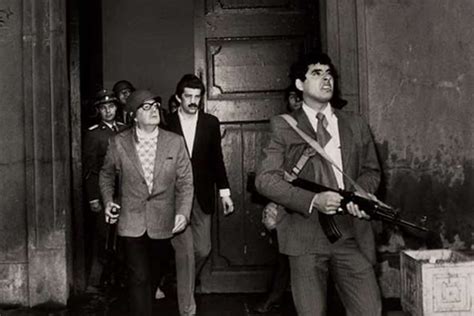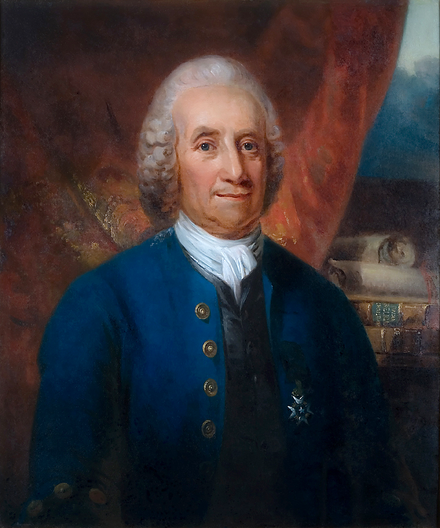
Tuesday, January 12
I’m gradually rereading the books in the house, but there are hundreds here (thanks largely to my former job as a book review editor) so it’ll take a while to consume them. My memory isn’t terrible, but I don’t recall the plots of a lot of books that I feel certain I have read before. So that’s actually helpful. Part way through an Eric Ambler or Graham Greene, I’ll have a feeling that I should know what’s coming—and as the narrative develops, maybe I will recall a bit of what’s next. But some of these books are so good, who cares?
I recently finished Ambler’s State of Siege—sometimes called The Night-Comers—a political coup/action thriller set in Southeast Asia. As is common in Ambler, the hero is a Western innocent trapped in potentially fatal events not of his own making. The personalities with their ambitions, ideals, and delusions, the betrayals and hazy loyalties are all very convincing. And whether it’s absolutely accurate or not, the author seems familiar with the Southeast Asian culture and collective personality.
It’s what might be called middle-period Ambler, published after the huge success of such famous early titles as Epitaph for a Spy and A Coffin for Dimitrios. Often books from this middle phase of a successful author’s career can be very good, as with some of John le Carré’s. The writer has had the time and resources to polish his skills, and has come to think that he should try something a little out-of-the-ordinary.
Now I am reading Journey Into Fear, a 1940 Ambler that seems more drawn from his conventional playbook. An unsuspecting engineer gets caught up in a deadly competition between the adversaries of the looming World War—he’s another “man who knows too much.” Can he get back to Britain before the villains murder him? Which of his fellow ship passengers are foes—and which if any can he regard as allies? As I say, it seems a little like earlier Ambler but it’s enjoyable nonetheless.
And even if State of Siege is fiction, it offers an accurate picture of what a coup d’état is really like. Armed forces divide into competing factions. Men with powerful modern military weapons battle it out on the streets, oblivious to the fate of the civilian population. There’s little theater—no figures in Viking hats and face paint, no flags and banners. There are just mortars, tanks, high explosives, and combat gear. Airplanes fly above, dropping bombs on those on the ground. The injured are not merely maimed—they’re blown to bits.
The 1975 documentary film The Battle of Chile showed it all: Chilean president Salvador Allende facing a coup in 1973, sporting an army helmet and looking up as the traitors’ aircraft soared above, strafing the presidential palace. Allende died, an alleged suicide.
During Joe Biden’s upcoming inauguration, some 15,000 troops are slated to guard D.C.. Will they all be loyal to the constitution?
Dinner: potato soup and salad.
Entertainment: Episodes from season three of Last Tango in Halifax, plus a bit of Netflix’ Pretend it’s a City featuring the witty Fran Lebowitz.

